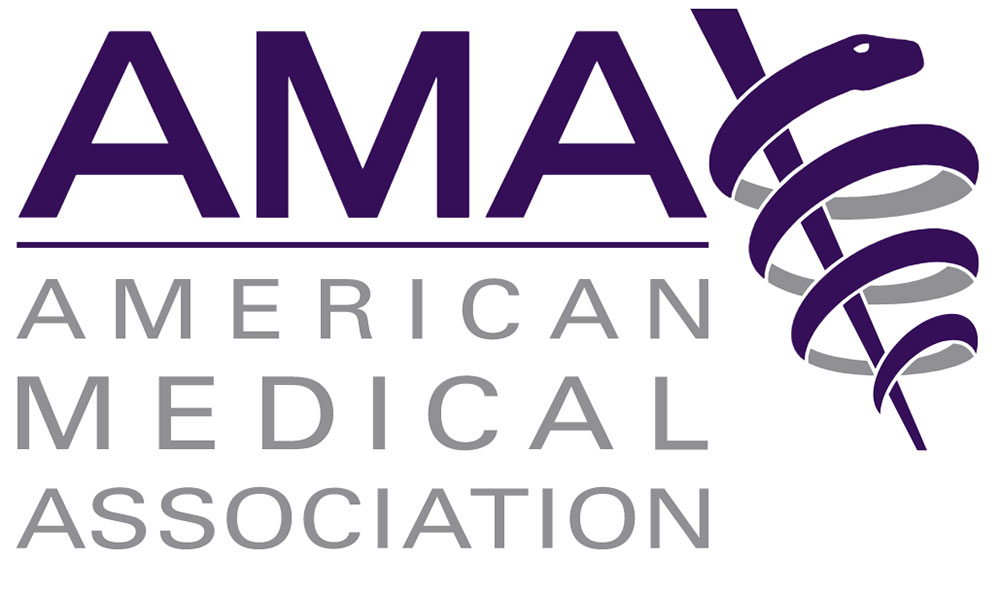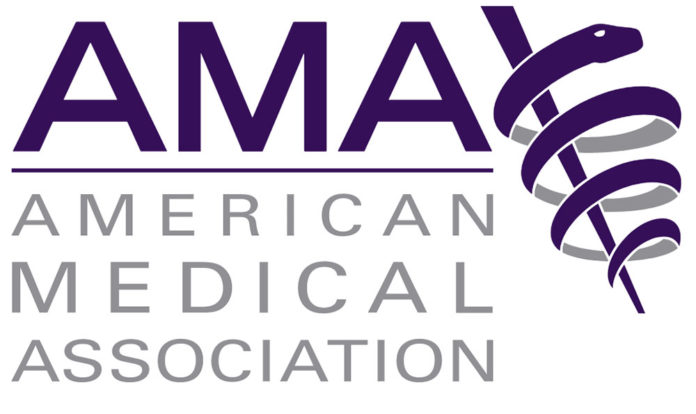Last week, the American Medical Association (AMA) updated its naloxone prescribing guidance document to encourage all medical professionals in the country to make sure the medication is clinically appropriate for their patients before a prescription is provided.
AMA emphasizes that naloxone has been used to save lives for more than 40 years in the U.S. now and is supported by some of the most respected organizations around the world, including the World Health Organization and the Substance Abuse and Mental Health Services Administration (SAMHSA).
Yet, the document highlights that naloxone isn’t medically appropriate for all. For example, the substance may not be best for individuals who have problems breathing or other conditions that would increase risks of respiratory distress or opioid toxicity.
The updated guidelines also recommend that doctors consider a list of specific questions — such as whether or not the patients would be able to help someone else who may experience an overdose; if they have a personal history of addiction; or are being prescribed other opioids or benzodiazepines.
These questions are viewed as helpful by members of the Opioid Task Force in allowing physicians to assess crucial factors related to naloxone before prescribing the drug to patients who are already at-risk of overdosing and to their relatives or close contacts.
According to AMA, health care providers in the U.S. have written a total of 32,659 naloxone prescriptions just in January and February 2017. The record-setting number represents a 340 percent increase from the same two-month period last year.
The number of doctors who have prescribed naloxone during the first two months of this year also went up dramatically and is 475 percent higher than… (continue reading)
















